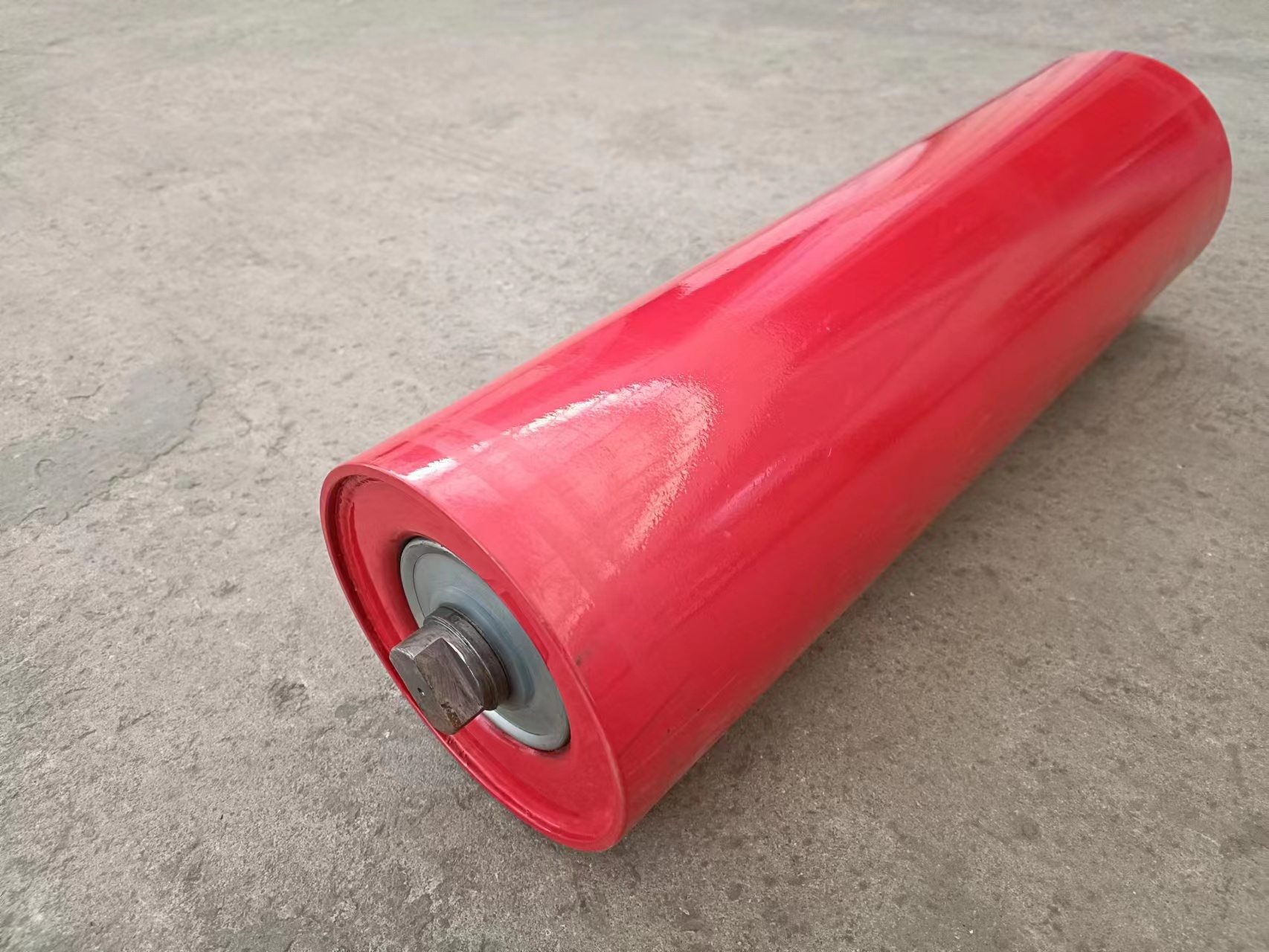 Afrikaans
Afrikaans  Albanian
Albanian  Amharic
Amharic  Arabic
Arabic  Armenian
Armenian  Azerbaijani
Azerbaijani  Basque
Basque  Belarusian
Belarusian  Bengali
Bengali  Bosnian
Bosnian  Bulgarian
Bulgarian  Catalan
Catalan  Cebuano
Cebuano  Corsican
Corsican  Croatian
Croatian  Czech
Czech  Danish
Danish  Dutch
Dutch  English
English  Esperanto
Esperanto  Estonian
Estonian  Finnish
Finnish  French
French  Frisian
Frisian  Galician
Galician  Georgian
Georgian  German
German  Greek
Greek  Gujarati
Gujarati  Haitian Creole
Haitian Creole  hausa
hausa  hawaiian
hawaiian  Hebrew
Hebrew  Hindi
Hindi  Miao
Miao  Hungarian
Hungarian  Icelandic
Icelandic  igbo
igbo  Indonesian
Indonesian  irish
irish  Italian
Italian  Japanese
Japanese  Javanese
Javanese  Kannada
Kannada  kazakh
kazakh  Khmer
Khmer  Rwandese
Rwandese  Korean
Korean  Kurdish
Kurdish  Kyrgyz
Kyrgyz  Lao
Lao  Latin
Latin  Latvian
Latvian  Lithuanian
Lithuanian  Luxembourgish
Luxembourgish  Macedonian
Macedonian  Malgashi
Malgashi  Malay
Malay  Malayalam
Malayalam  Maltese
Maltese  Maori
Maori  Marathi
Marathi  Mongolian
Mongolian  Myanmar
Myanmar  Nepali
Nepali  Norwegian
Norwegian  Norwegian
Norwegian  Occitan
Occitan  Pashto
Pashto  Persian
Persian  Polish
Polish  Portuguese
Portuguese  Punjabi
Punjabi  Romanian
Romanian  Russian
Russian  Samoan
Samoan  Scottish Gaelic
Scottish Gaelic  Serbian
Serbian  Sesotho
Sesotho  Shona
Shona  Sindhi
Sindhi  Sinhala
Sinhala  Slovak
Slovak  Slovenian
Slovenian  Somali
Somali  Spanish
Spanish  Sundanese
Sundanese  Swahili
Swahili  Swedish
Swedish  Tagalog
Tagalog  Tajik
Tajik  Tamil
Tamil  Tatar
Tatar  Telugu
Telugu  Thai
Thai  Turkish
Turkish  Turkmen
Turkmen  Ukrainian
Ukrainian  Urdu
Urdu  Uighur
Uighur  Uzbek
Uzbek  Vietnamese
Vietnamese  Welsh
Welsh  Bantu
Bantu  Yiddish
Yiddish  Yoruba
Yoruba  Zulu
Zulu Different Types of Belt Cleaners and Their Applications in Manufacturing Processes
Types of Belt Cleaners A Comprehensive Guide
Belt cleaning is an essential aspect of conveyor system maintenance, crucial for ensuring operational efficiency and longevity of equipment. Conveyor belts are widely used in various industries such as mining, manufacturing, and food processing, where material transport is vital. However, with constant use, these belts can accumulate debris and residues, which can lead to increased friction and wear, product contamination, and potential downtime. This is where belt cleaners come into play. In this article, we will explore the different types of belt cleaners, their functions, and benefits.
Why Belt Cleaning is Important
Belt cleaners, also known as belt scrapers, help maintain the cleanliness of conveyor belts by removing residue from the belt surface. This is important for several reasons
1. Increased Efficiency A clean belt operates more efficiently, reducing the risk of material carry-back that can slow down operations. 2. Prolonged Equipment Life By removing material build-up, belt cleaners help prevent wear and tear on the conveyor system, extending its lifespan.
3. Safety A clean work environment reduces slip hazards and improves overall workplace safety.
4. Product Quality In industries like food processing, cleanliness is vital to prevent contamination and ensure adherence to health standards.
Types of Belt Cleaners
Belt cleaners can be categorized into several types, each designed for specific applications and challenges. Here’s an overview of the most common types
1. Primary Belt Cleaners These are the first line of defense against carry-back. Installed at the discharge point of the conveyor, primary cleaners are designed to remove large amounts of material from the belt. They are typically made from materials like polyurethane or rubber, which are resilient yet flexible enough to maintain contact with the belt while minimizing damage.
2. Secondary Belt Cleaners Positioned after the primary cleaner, secondary belt cleaners provide additional cleaning to ensure that any remaining material is removed. They use finer blades or scrapers, often made of tungsten carbide or similar hard materials, to tackle stubborn residues that primary cleaners may miss. This two-step cleaning process is vital to achieving optimal cleanliness.
3. Tertiary Belt Cleaners While not as common, tertiary cleaners are used in some applications that demand an extra level of cleanliness. These cleaners are often utilized in industries with stringent cleanliness standards, such as food and pharmaceutical sectors.
types of belt cleaners

4. Vacuum Belt Cleaners These systems use suction to remove dust and fine particles that adhere to the conveyor belt. Vacuum cleaning is particularly beneficial in environments where traditional scraping methods may not be adequate, ensuring that even the smallest debris is collected.
5. Magnetic Belt Cleaners Used primarily in mining and recycling, magnetic cleaners help remove metallic debris from belts, preventing potential damage to equipment and ensuring material purity.
6. Water-based Cleaners In some applications, especially those handling sticky or gooey materials, water or specialized cleaning solutions are used to wash the belt as part of the cleaning process. These systems can be automated for convenience.
Selecting the Right Belt Cleaner
Choosing the right belt cleaner depends on several factors
- Material Type The composition of the material being transported can influence cleaner selection. For example, sticky materials may require different cleaning technology compared to granular substances.
- Belt Speed and Tension The operating speed and tension of the conveyor belt can affect the effectiveness of cleaners. High-speed applications may require more robust cleaning solutions.
- Environmental Conditions Factors such as temperature and humidity can impact the selection process. For instance, certain materials may perform better in harsh conditions.
- Maintenance Intervals Consideration should be given to how often the conveyor system is maintained and serviced, as this will affect the overall choice of cleaner.
Conclusion
Belt cleaners play a vital role in maintaining the efficiency and safety of conveyor systems across various industries. By reducing wear and tear on equipment, improving product quality, and ensuring a cleaner workspace, these tools are indispensable in modern industrial operations. Understanding the different types of belt cleaners and their applications will help industries select the most appropriate solution for their specific needs, ultimately leading to enhanced operational effectiveness. With the right belt cleaner, companies can ensure that their conveyor systems run smoothly and efficiently for years to come.
-
Revolutionizing Conveyor Reliability with Advanced Rubber Lagging PulleysNewsJul.22,2025
-
Powering Precision and Durability with Expert Manufacturers of Conveyor ComponentsNewsJul.22,2025
-
Optimizing Conveyor Systems with Advanced Conveyor AccessoriesNewsJul.22,2025
-
Maximize Conveyor Efficiency with Quality Conveyor Idler PulleysNewsJul.22,2025
-
Future-Proof Your Conveyor System with High-Performance Polyurethane RollerNewsJul.22,2025
-
Driving Efficiency Forward with Quality Idlers and RollersNewsJul.22,2025





























